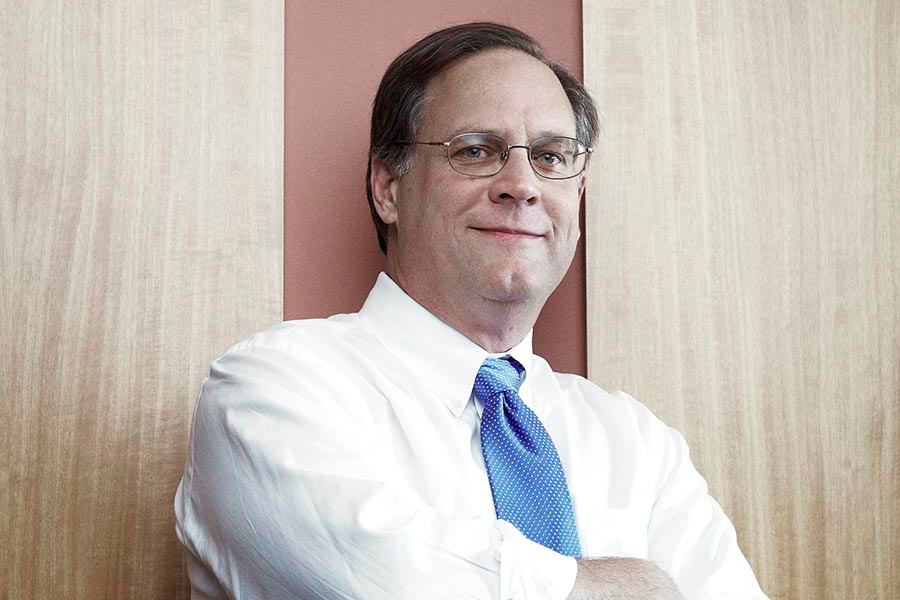MAKING HIS MARK
Despite Schall’s commitment to staying the strategic course at Essex and maintaining tight staff relationships, Schall is still a CEO in his own right. A competitive analysis report requested by the board asked Schall to size up Essex against its REIT peers (see “Strategy Sessions” on page 35) and offer suggestions on where he might tactically take the company next.
A Gradual Retirement
In an effort to remain strategically involved in the company, former Essex Property Trust president and CEO Keith Guericke finds an unlikely ally in his replacement.
When outgoing president and CEO Keith Guericke came to the Essex Property Trust board of directors with an idea to stay on with the company as a special consultant focusing on identifying new capital partnerships and portfolio purchasing opportunities, he received a lukewarm response. “It wasn’t initially well received,” Guericke recalls. “They thought it would be awkward and could impede the ability of [new CEO] Mike Schall to be in a position to make his own mark.”
One board member disagreed with this concern and ultimately swayed the decision in Guericke’s favor.
“Sure, it’s unusual to have an outgoing CEO remain actively involved,” says Schall, who has served on the company’s board since the Essex IPO in 1994 and advocated for Guericke’s new role. “Keith’s new role retains an important fabric of Essex’s success, as well as his passion for real estate and love of this company. We expect to turn him loose in a couple of areas that are consistent with his passion where he didn’t have the opportunity to spend sufficient time as CEO. It is inconsistent with my 25-year relationship with Keith to think that he would undermine my leadership.”
The initiative’s benefits could appear sooner rather than later. Before Guericke began a well-deserved, two-month vacation to the Philippines in February, he was able to identify two portfolio deals that might become acquisition targets for Essex.
“There are a couple of large opportunities in the marketplace that are direct and are not known by our peers,” Guericke says. “There are opportunities out there, and there are a number of smaller, private guys who have built portfolios of 5,000 to 10,000 units on the West Coast that I can finally get quiet access to.”
One distinctive change would have Essex making a significant move into East Coast markets, a territory that the REIT had abandoned under Guericke after an unsuccessful bid for Town and Country Trust’s Mid-Atlantic–centric portfolio in 2006.
Schall is also interested in adapting the culture at Essex to greater embrace the leveraging of technology generally across the enterprise, and specifically as it relates to operations.
“The senior management team has worked together for many years and shares a common view of Essex’s strategy and direction,” Schall says. “But having said that, I see many opportunities to improve the company, including making attractive investments in a very active acquisitions market; expanding development and redevelopment at the onset of an improving economy; culling the weakest locations in properties from our portfolio; and, of absolutely critical importance, upgrading our technology in operations platforms.”
Indeed, on the firm’s 2010 fourth quarter and year-end earnings call, Schall opened his remarks with the comment that improving operational technologies would be a significant component of Essex’s post-Guericke growth. But while the company maintains a $639,000 co-investment in technology on its balance sheet, Schall isn’t quite ready to identify what that investment is or to pinpoint specific systems or IT initiatives that are immediately forthcoming from the REIT.
More immediate will be a cultural change in how IT and systems staff push tech initiatives at the REIT—a cultural change that has Schall craving a deeper understanding of the underlying real estate than implementing technology simply for technology’s sake.
